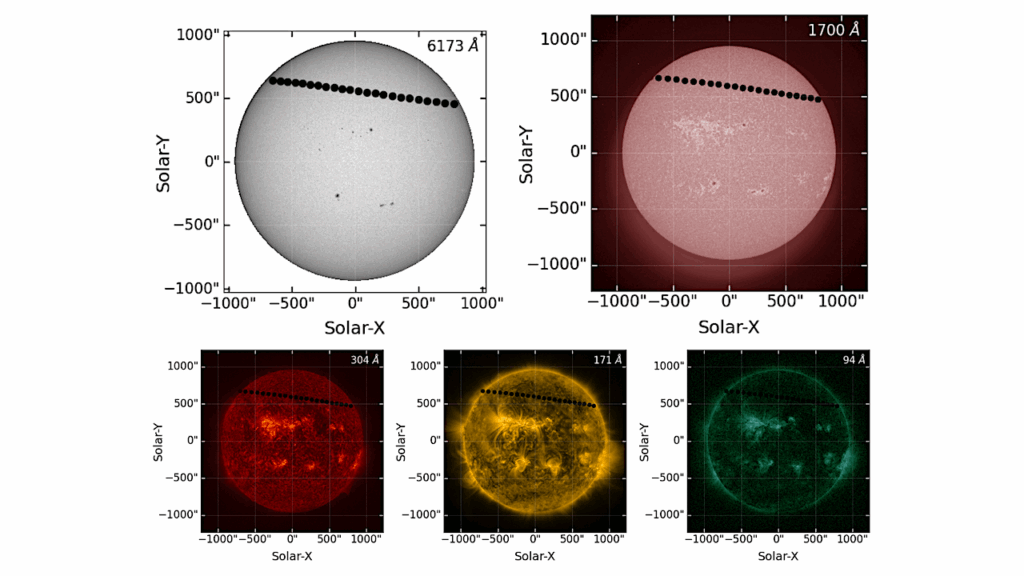Terrestrial-type Planet Formation: Comparing Different Types of Initial Conditions

To study the terrestrial-type planet formation during the post oligarchic growth, the initial distributions of planetary embryos and planetesimals used in N-body simulations play an important role. Most of these studies typically use ad hoc initial distributions based on theoretical and numerical studies.
We analyze the formation of planetary systems without gas giants around solar-type stars focusing on the sensitivity of the results to the particular initial distributions of planetesimals and embryos. The formation of terrestrial planets in the habitable zone (HZ) and their final water contents are topics of interest. We developed two different sets of N-body simulations from the same protoplanetary disk. The first set assumes ad hoc initial distributions for embryos and planetesimals and the second set obtains these distributions from the results of a semi-analytical model which simulates the evolution of the gaseous phase of the disk. Both sets form planets in the HZ.
Ad hoc initial conditions form planets in the HZ with masses from 0.66M to 2.27M. More realistic initial conditions obtained from a semi-analytical model, form planets with masses between 1.18M and 2.21M. Both sets form planets in the HZ with water contents between 4.5% and 39.48% by mass. Those planets with the highest water contents respect to those with the lowest, present differences regarding the sources of water supply. We suggest that the number of planets in the HZ is not sensitive to the particular initial distribution of embryos and planetesimals and thus, the results are globally similar between both sets. However, the main differences are associated to the accretion history of the planets in the HZ. These discrepancies have a direct impact in the accretion of water-rich material and in the physical characteristics of the resulting planets.
M. P. Ronco, G. C. de Ela, O. M. Guilera
(Submitted on 24 Sep 2015)
Comments: Accepted for publication in Astronomy and Astrophysics, 13 pages, 9 figures
Subjects: Earth and Planetary Astrophysics (astro-ph.EP)
Cite as: arXiv:1509.07217 [astro-ph.EP] (or arXiv:1509.07217v1 [astro-ph.EP] for this version)
Submission history
From: Mara Paula Ronco
[v1] Thu, 24 Sep 2015 02:57:14 GMT (275kb)
http://arxiv.org/abs/1509.07217








